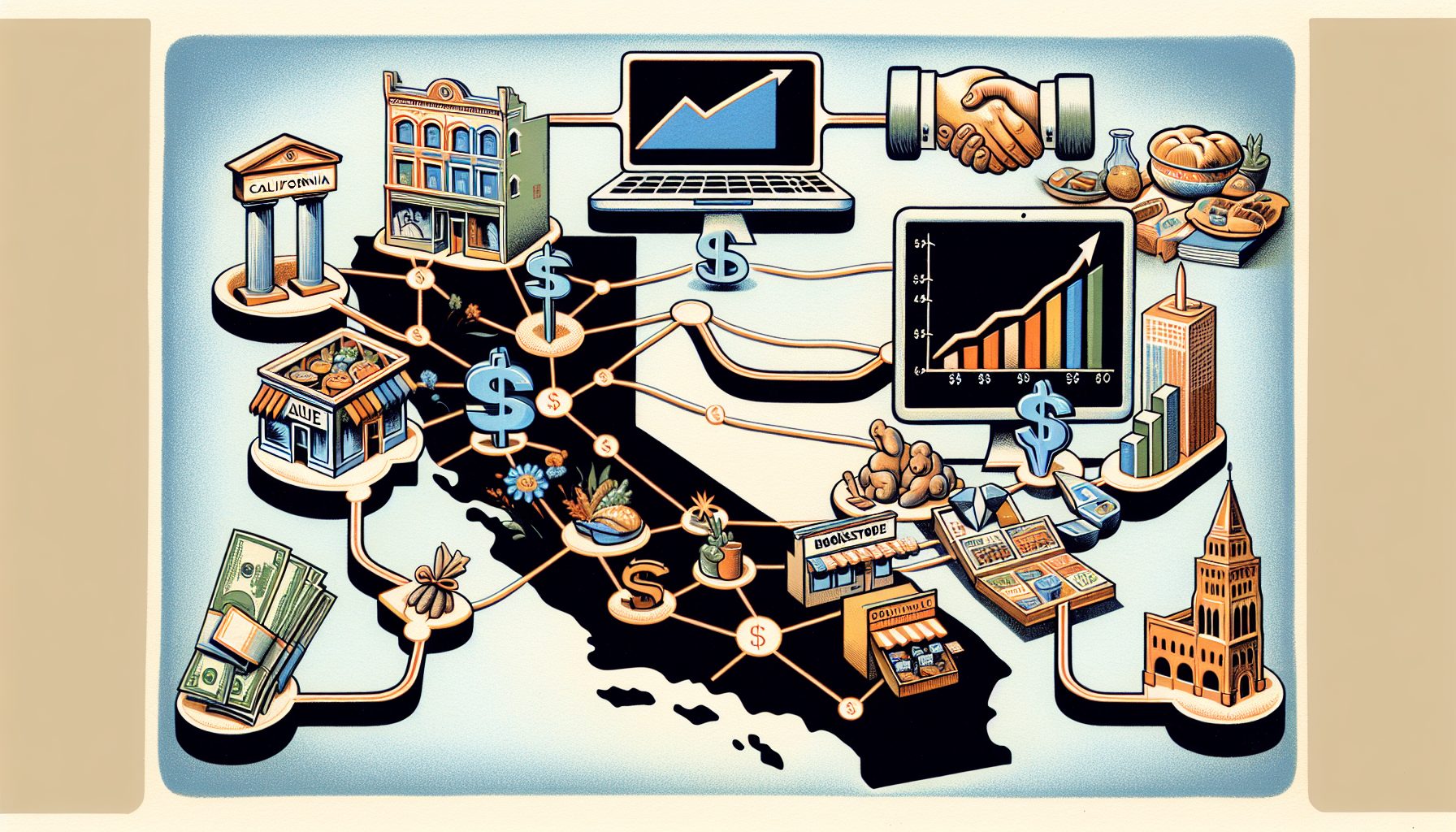
Tom McBroom implemented e-procurement almost as an afterthought. As business systems manager at Seattle Public Schools, which operates 100 schools and spends about $80 million annually on supplies, his original aim was to replace the district’s aging financial system with software from SAP in 2000.
But he decided the school district would also be an early customer of SAP’s Enterprise Buyer software to let employees order frequently used supplies via a Web browser. McBroom now says the system has helped Seattle Public Schools save millions each year, despite push-back from some staffers who suddenly found themselves forced into a new way of doing business.
The school system saw savings in three areas. First, because the district had a centralized procurement system, McBroom’s team negotiated better prices with vendors by guaranteeing a certain level of spending. For example, Office Depot gave Seattle Public Schools a preferred online supplier discount of 25% to 80% off retail prices for various products. In 2003, the district ordered more than $400,000 in supplies through Office Depot, 10 times what it had previously spent with the company—and saved roughly $150,000, according to McBroom.
Next, by using the SAP system, Seattle Public Schools has curtailed “maverick” spending that occurs outside prenegotiated supplier contracts. Funneling 27% of the $10 million to $13 million in yearly off-contract buying through the e-procurement system has saved at least a million dollars.
The final area of savings came from not having to process as many paper requisitions. McBroom figures that online buying costs at least $50 less per order to process, with about 6,000 orders submitted electronically per year (40% of all transactions). That has saved an estimated $300,000. “Our big goal was to get the low-hanging fruit, and we did that,” McBroom says.
Getting there was no walk in the park. SAP’s first release of Enterprise Buyer was buggy, McBroom says, and some basic features didn’t work at first. It took nine months to bring the SAP applications online, a project that cost $4 million, including consulting services. But McBroom’s bigger regret was that his team didn’t spend enough time educating employees about using the system. “People had personal relationships with stores they had been buying from for 20 years, but they were paying more,” he says. “It was hard breaking those buying habits.”
An ingrained preference for “buying stuff from their buddy down the street” was also a sticking point for Tim Tulio, manager of e-procurement systems for Air Products and Chemicals, an industrial chemicals and gas producer. “We had to get away from some of the regionalism and put in directives from senior management to buy from our national suppliers,” he says. Before deploying Ariba’s e-procurement system in 2000, Air Products bought 40% of non-technical commodity materials from contracted suppliers; Tulio says it’s more than 90% today.
It’s not just employees who resist the switch to online buying. “Frankly, I was amazed at the number of suppliers who were just technologically not prepared for doing business with us electronically,” says Larry Pherson, director of purchasing services at Purdue University. One local vendor, in fact, “had just gotten into the fax age,” he notes wryly. Purdue now submits two-thirds of its orders—totaling $100 million per year, which represents 70% of the university’s overall spending—through Ariba’s supplier network to 3,000 vendors.
E-procurement has been the primary function of supplier-relationship management software, but the tools have evolved beyond just providing an Amazon.com-like shopping cart for supplies. SRM suites include reverse-auction capabilities for competitive bidding, as well as self-service Web portals that let suppliers check invoices and even peer into inventory. “One of the first things we did was present our order-information system to suppliers, and that gives them much greater visibility for planning,” says Rob Poel, manager of supply chain management at Steelcase, which interacts with 225 suppliers via SAP’s software.
Most of these suites also provide tools to analyze spending trends. Tyco International is rolling out Ariba’s Data Enrichment software to normalize about $16 billion in spending across five business units. That will let the company examine what it buys in different categories and from which suppliers to identify where it could get corporatewide efficiencies. “Right now, we’re struggling to aggregate all that data,” says Shelley Stewart Jr., Tyco’s vice president of supply chain.
In addition, some vendors operate online networks to connect buyers and sellers. Ariba claims its network includes 39,000 suppliers worldwide, and PeopleSoft recently signed a deal to let its eProcurement software connect with the 8,000 suppliers in Perfect Commerce’s network.
As for leaders in the category, it’s a familiar story. Smaller players like Ariba paved the way; then the giants horned in on the action. In this case, enterprise resource planning providers like SAP, PeopleSoft and Oracle have started slurping up market share with bulked-up SRM offerings as many startups fade to black or get acquired. “The ERP vendors certainly rule the roost now,” says John Moore, vice president of research firm ARC Advisory Group.
That’s because ERP vendors can afford to meet lower thresholds, in terms of features they offer, for customers who perceive advantages in linking SRM with their core financial and inventory systems. “We picked SAP’s SRM because it possessed all the functionality we needed at this time,” says Jeff Williams, director of the Procure to Pay program at Tyson Foods, a longtime SAP customer. But, he admits, “There are probably better products out on the market.”
Group dynamics: supplier relationship management
What It Is: Software that lets companies select suppliers by managing the bidding process (such as through online auctions), automate or simplify procurement of products and services, and analyze spending trends.
Key Players: Ariba, Emptoris, i2 Technologies, Oracle, PeopleSoft, SAP
Market Size: $2.04 billion in license and maintenance revenue, 2003 (IDC)
What’s Happening: Smaller specialty players have been squeezed by the big enterprise resource planning vendors, which have recently focused more energy on their supplier-relationship management capabilities.
Expertise Online: The Institute for Supply Management (www.ism.ws) offers newsletters, directories, online seminars and links to other sites.








